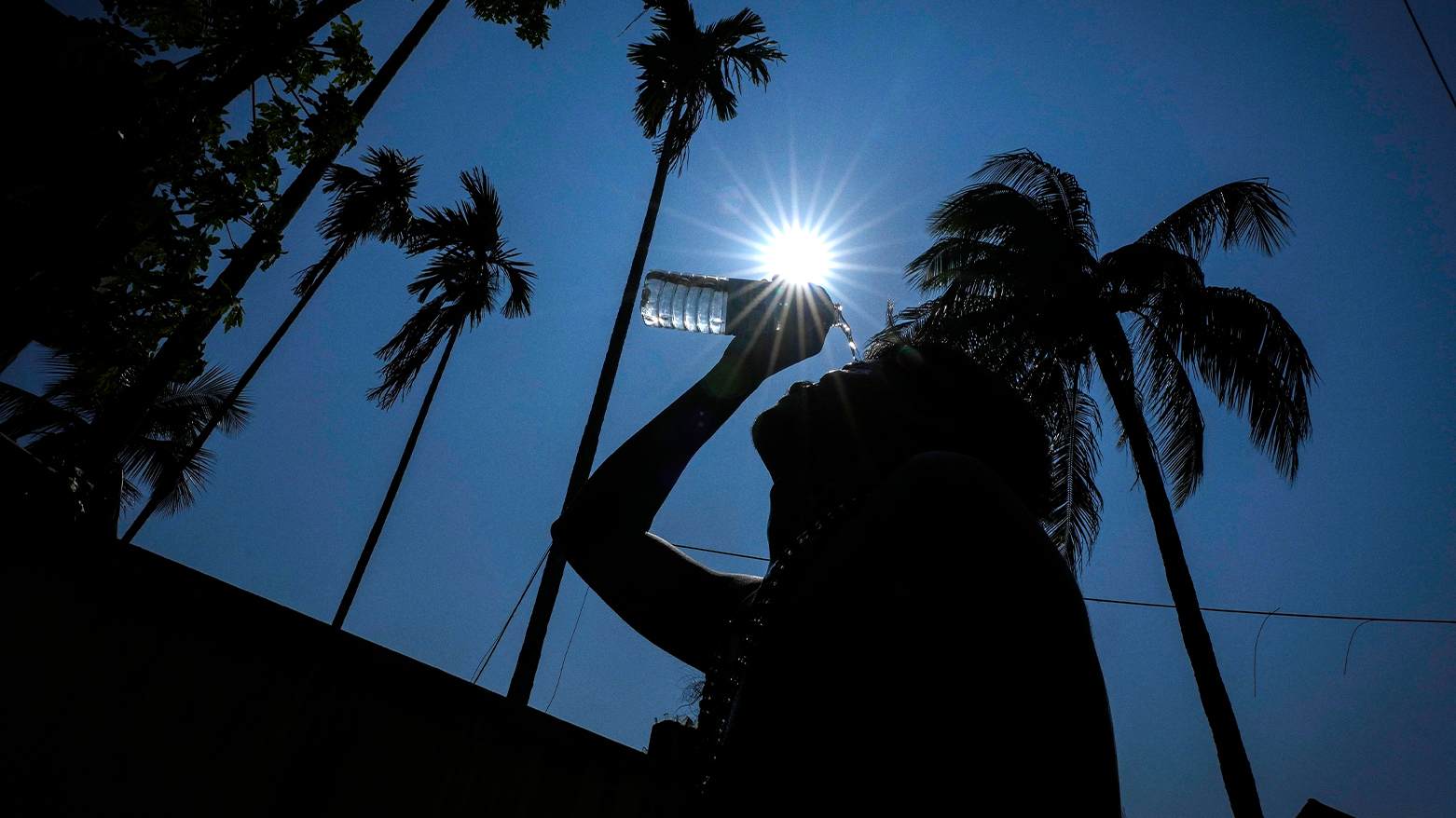Breakthrough research uncovers human survival limits in extreme heat
Researchers at the University of Sydney are pioneering efforts to define these limits using an innovative climate chamber designed to simulate severe heat conditions, as detailed in a recent study published on Nature.com by Carissa Wong.

ERBIL (Kurdistan24) - As global temperatures continue to rise, understanding the limits of human survival in extreme heat has never been more crucial.
Researchers at the University of Sydney are pioneering efforts to define these limits using an innovative climate chamber designed to simulate severe heat conditions, as detailed in a recent study published on Nature.com by Carissa Wong.
In 2019, physiologist Ollie Jay began developing a cutting-edge climate chamber capable of replicating both current and future heatwaves.
After eighteen months of construction and an investment of AUD 2 million (USD 1.3 million), the chamber was transported to the University of Sydney. This facility now plays a key role in research featured on Nature.com, where Jay's team investigates the physiological limits of human survival under extreme heat.
Jay’s team is using this advanced facility to probe the thresholds at which extreme heat becomes life-threatening. “We need to simulate these extreme conditions to comprehend their impact on human physiology,” Jay explains.
“Our goal is to develop practical cooling strategies to mitigate health risks associated with heat exposure.” This research is crucial as highlighted by Nature.com, given the increasing frequency of severe heatwaves.
Recent record-breaking temperatures underscore the urgency of this work. Last month, the world’s hottest day record was surpassed twice, a situation that prompted the United Nations to call for improved strategies to manage extreme heat.
Nature.com reports that around 70% of the global workforce, or 2.4 billion people, are at high risk from extreme heat.
Current public advice on heat safety is often inadequate. For instance, traditional heat advisories from organizations like the US Centers for Disease Control and Prevention and the World Health Organization are criticized for inaccuracies concerning human physiology.
“Many guidelines are based on outdated or overly simplistic models,” says Larry Kenney, a physiologist at Pennsylvania State University, as noted in the Nature.com article.
The University of Sydney's climate chamber allows researchers to precisely adjust temperature, humidity, windspeed, and sunlight exposure, providing unprecedented control over experimental conditions.
Participants undergo rigorous testing to monitor their physiological responses, including heart rate, sweating, and core body temperature.
Past models suggested that the ‘wet-bulb temperature’ (WBT) of 35°C represents the limit of human survival. However, these models have been criticized for relying on theoretical assumptions rather than empirical data.
Recent research by Kenney and colleagues, reported on Nature.com, proposes a lower WBT survival limit of around 31°C, based on more realistic experimental conditions.
The chamber also facilitates the study of practical cooling methods. Trials have focused on improving heat management for workers in challenging environments, such as garment factories in Bangladesh.
Nature.com highlights that initial findings indicate strategies like using fans and skin-wetting can significantly reduce heat strain, though their effectiveness varies with humidity and temperature.
Looking ahead, Jay’s team plans to extend their research to assess heat’s impact on vulnerable populations, including pregnant women. Their work is poised to shape better public health strategies and provide actionable guidelines for coping with extreme heat, as outlined in their latest studies featured on Nature.com.
Jay’s dedication to advancing heat survival research reflects a broader commitment to adapting to our increasingly hostile climate. With continued support and innovation, his team aims to safeguard health in a warming world, ensuring that humanity can endure even the most extreme conditions.
For further details, refer to the study on extreme heat survival limits published on Nature.com.
